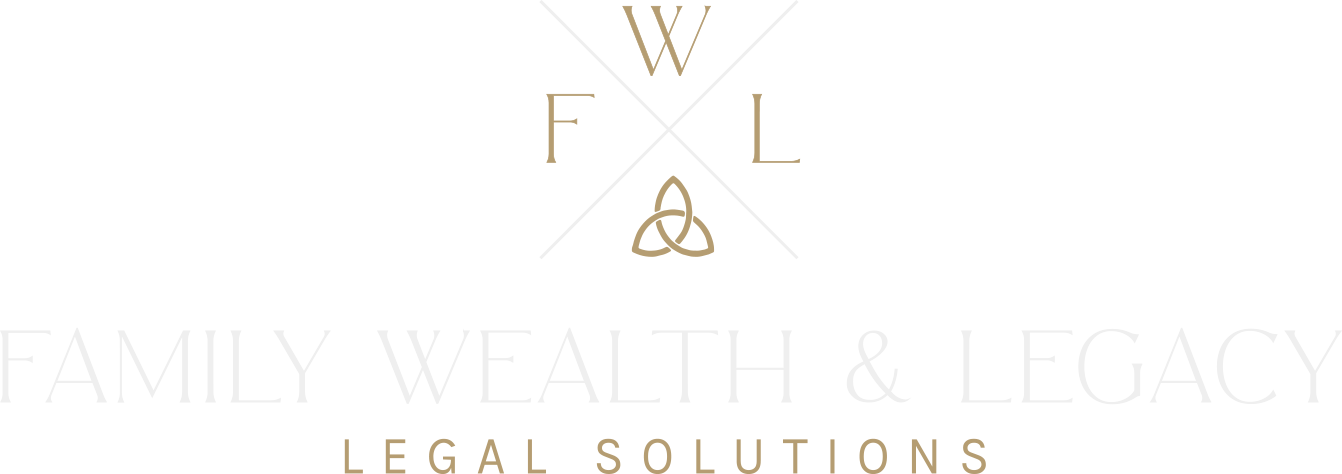Navigating the financial aid process while maintaining a sound estate plan can feel overwhelming. However, understanding how FAFSA (Free Application for Federal Student Aid) evaluates assets and applying strategic planning techniques can significantly increase financial aid eligibility while safeguarding your family’s wealth.
This article explores actionable strategies to optimize your asset ownership and ensure you’re financially prepared for your child’s education without sacrificing your long-term goals.
FAFSA and Asset Ownership: Key Considerations
FAFSA evaluates financial need based on family income and assets. The way assets are owned—whether by parents, students, or third parties—can dramatically impact financial aid eligibility.
Parent-Owned Assets: FAFSA considers up to 5.64% of parent-owned assets when calculating the Expected Family Contribution (EFC). This is significantly lower than the 20% assessment rate applied to student-owned assets.
For example:
- A $10,000 parent-owned asset would add $564 to the EFC.
- A $10,000 student-owned asset would add $2,000 to the EFC.
Third-Party Assets: Assets owned by a grandparent or another third party, such as a 529 plan, may not count directly toward FAFSA calculations. However, distributions from these accounts are assessed as student income in subsequent years—at a hefty 50%.
Proactive Adjustments: While you can’t change ownership of UGMA/UTMA accounts (which are legally the child’s property), you can focus future savings on parent-owned accounts or 529 plans to minimize the impact on financial aid.
Strategic Estate Planning for FAFSA Optimization
Estate planning offers several tools to align your financial goals with FAFSA guidelines. Here’s how you can use estate planning strategies to protect your wealth while boosting aid eligibility:
1. Leverage Irrevocable Trusts Thoughtfully
Irrevocable trusts can shelter assets for tax purposes, but FAFSA includes the proportional value of these trusts if the parent or student is a beneficiary. Additionally, income distributed from the trust to the student is assessed at up to 50%. Consult an experienced estate planning professional to determine if this is the right approach for your family because there is a A LOT more to consider whether forming an irrevocable trust is right for your family.
2. Retirement Accounts: Dual Benefits
Qualified retirement accounts, such as 401(k)s and IRAs, are not counted as FAFSA assets. Maxing out contributions not only enhances your financial security but also reduces your reportable assets, making retirement savings a smart, FAFSA-friendly strategy.
3. Pay Down Debt
Liquid assets that would otherwise be included in FAFSA calculations can be used to pay off debt, such as mortgages or student loans. Since FAFSA doesn’t count home equity or outstanding debts, this move can improve financial aid eligibility while strengthening your overall financial position.
4. Timing Is Everything
FAFSA evaluates your financial situation on the day you file. Strategically timing large income events—such as bonuses, stock sales, or asset distributions—can help you avoid artificially inflating your assets or income during the FAFSA reporting period.
Steps You Can Take Today
To set your family up for success, start with these actionable steps:
- Assess Your Assets: Review all family-owned assets, document what you own, get your family financially organized, and outline the ownership structure of your assets.
- Shift to FAFSA-Friendly Savings: Prioritize parent-owned 529 plans over custodial accounts like UGMA/UTMA. 529 Plans offer a significant amount of benefits over UGMA/UTMA accounts and the assets won’t be accessible by your children at the age of 18. If you’d like to learn more about 529 Plans, check out our prior article SECURE ACT 2.0: Starting in 2024 You Can Roll Unused 529 College Savings Into a Roth IRA.
- Maximize Retirement Contributions: Reduce reportable assets while securing your financial future.
- Plan for Income Events: Defer bonuses or capital gains beyond the FAFSA reporting window, if possible.
- Explore Trust Options: Evaluate whether irrevocable trusts align with your goals while minimizing FAFSA implications.
The Big Picture
Balancing estate planning and financial aid considerations requires thoughtful preparation. By understanding how FAFSA treats different types of assets and implementing targeted strategies, you can safeguard your family’s wealth while maximizing aid eligibility.
How We Can Help
At Family Wealth & Legacy Legal Solutions, we specialize in creating customized estate plans that align with your family’s educational and financial goals. We’re here to help you navigate complex financial aid rules, structure your assets effectively, and preserve your legacy for future generations.
Take the first step toward securing your family’s future. Book a call with us today to explore how we can assist you.
For additional tips on navigating the FAFSA process and maximizing financial aid, visit Federal Student Aid’s official website.
If you enjoyed reading this article and made it to the end, please comment and let us know your thoughts and biggest takeaway. If you think your family and friends could benefit, please share it on social media to spread the word.
This article is a service of Family Wealth & Legacy Legal Solutions (FWLLS). At FWLLS, we do not just draft documents; we ensure you make educated, informed and empowered decisions for yourself and the people you love. That’s why we offer a Family Wealth & Legacy Strategy Session™, during which you will get educated and begin to prepare to avoid life’s most common legal problems and get a plan in place to make the best possible choices for the people you love. You can begin by calling our office today to schedule a Family Wealth & Legacy Strategy Session and mention this article to find out how to get this $900 session at a significantly discounted rate, or even for free.


